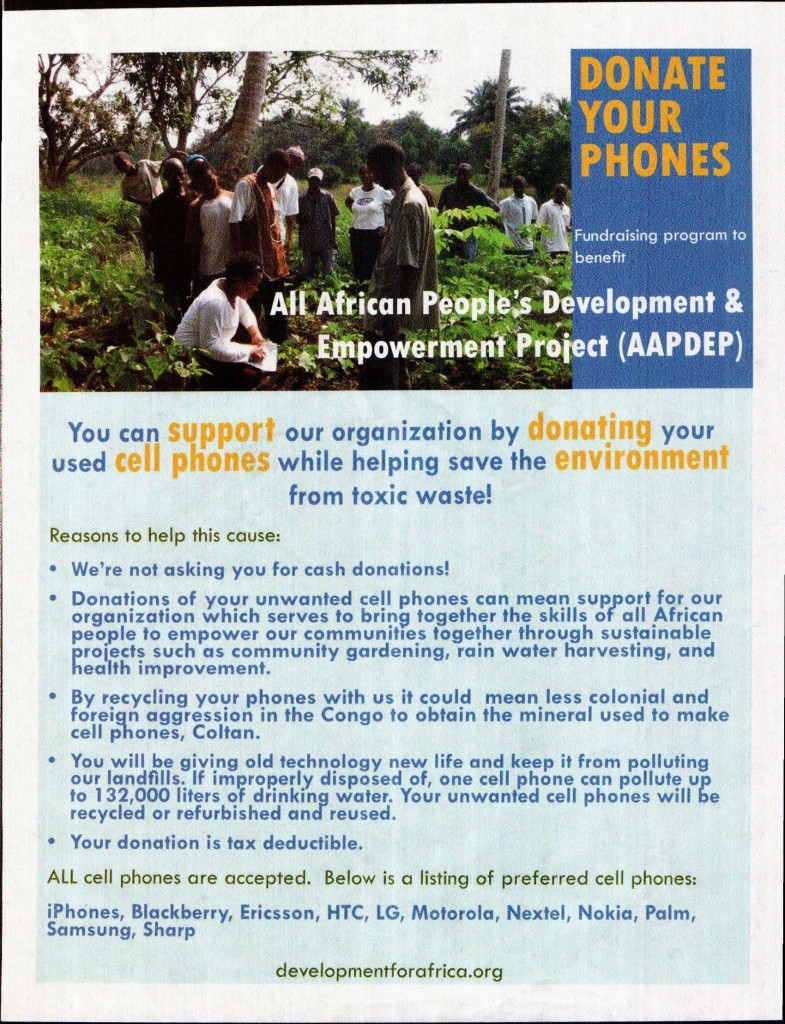Michelle Obama Leads Campaign Against Obesity
By SHERYL GAY STOLBERG for “The Caucus” a blog site section for The New York Times February 9, 2010, 1:33 pm Luke Sharrett/The New York Times President Obama signed a memorandum on childhood obesity in the Oval Office with from left, Health and Human Services Secretary Kathleen Sebelius, Agriculture Secretary Tom Vilsack, First Lady Michelle Obama and Interior Secretary Ken Salazar.
Luke Sharrett/The New York Times President Obama signed a memorandum on childhood obesity in the Oval Office with from left, Health and Human Services Secretary Kathleen Sebelius, Agriculture Secretary Tom Vilsack, First Lady Michelle Obama and Interior Secretary Ken Salazar.Michelle Obama kicked off a sweeping initiative today aimed at reshaping the diet and exercise habits of American children — from the fat in their school lunches, to the playgrounds they frequent and the measurements their pediatricians take at check-up time – with the ambitious goal of eliminating childhood obesity within a generation.
“We know that solving our obesity challenge won’t be easy and it won’t be quick, but make no mistake about it — this problem can be solved,’’ Mrs. Obama said, announcing the initiative to an audience of Cabinet secretaries, lawmakers, educators, medical professionals and school children in the State Dining Room of the White House. “This isn’t like putting a man on the moon or inventing the Internet. It doesn’t take a stroke of genius or a feat of technology. We have everything we need right now to help our kids lead healthy lives.’’
The much-anticipated “Let’s Move’’ campaign, nearly a year in the making, marks the first lady’s official debut in a high-profile powerful policy role, and it was clear that Mrs. Obama has a broad vision for it. The White House has secured the cooperation of food industry executives, who have pledged to reduce the amount of sugar in school lunches, and beverage makers who promise to more clearly label their sugary drinks. The American Academy of Pediatrics announced that, from now on, it will encourage its members to measure the body mass index, an indicator of obesity, of their young patients.
Childhood obesity rates in the United States have tripled over the past three decades, and today, nearly one in three children in America are overweight or obese. Health experts blame obesity for a range of medical conditions, among them heart disease, high blood pressure, diabetes, cancer, asthma. The White House and its allies are also making the case that the obesity epidemic is affects national security; obesity is now one of the most common disqualifiers for military service.
In a sign that the first lady has the entire administration behind her, President Obama began his day by signing an executive order to encourage what he called ‘’optimal coordination’’ between federal agencies and departments, among them the Departments of Agriculture, Education, Labor and Health and Human Services.
“We think that this has enormous promise in improving the health of our children, in giving support to parents to make the kinds of healthy choices that oftentimes are very difficult in this kind of environment,’’ Mr. Obama said. Then, after affixing his signature, he turned to his wife and said, “It’s done, honey.’’


 At the Sustainable Brands ’09 conference in Monterey earlier this month, I couldn’t help noticing how far green marketing has come since I started my consulting business in 1989. Back then, we didn’t call what we did “sustainable branding” — we practiced “environmental” or simply “green” marketing. And we didn’t have a conference to go to in Monterey!
At the Sustainable Brands ’09 conference in Monterey earlier this month, I couldn’t help noticing how far green marketing has come since I started my consulting business in 1989. Back then, we didn’t call what we did “sustainable branding” — we practiced “environmental” or simply “green” marketing. And we didn’t have a conference to go to in Monterey!